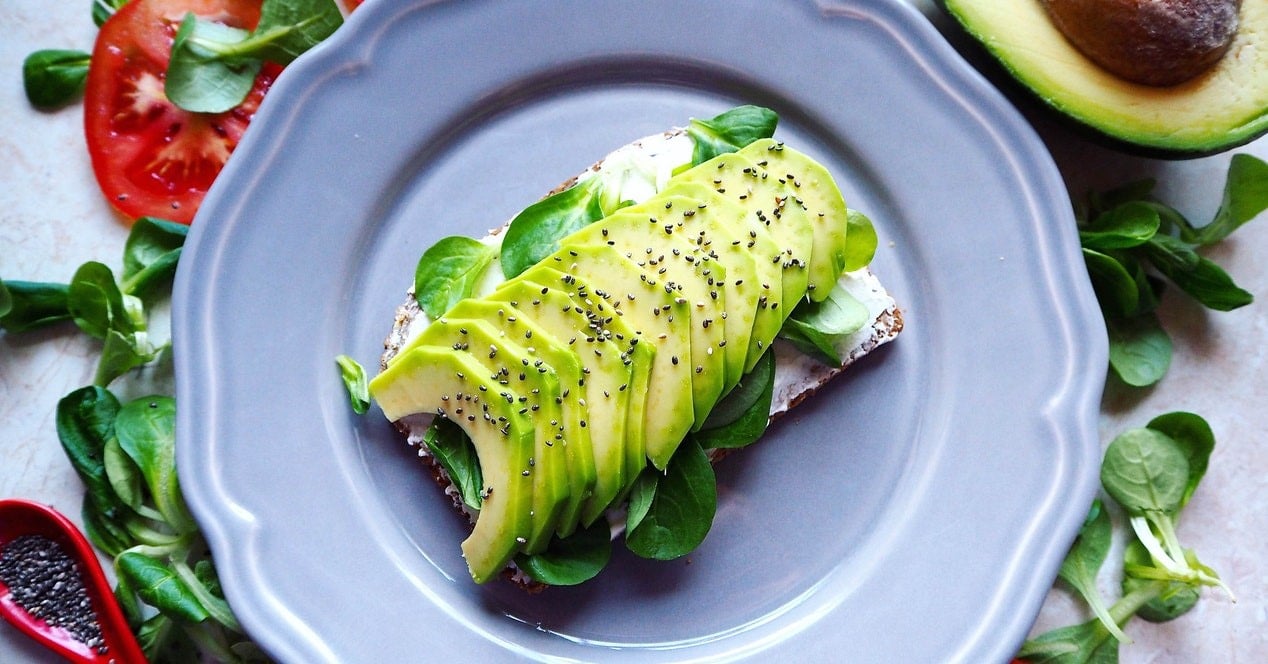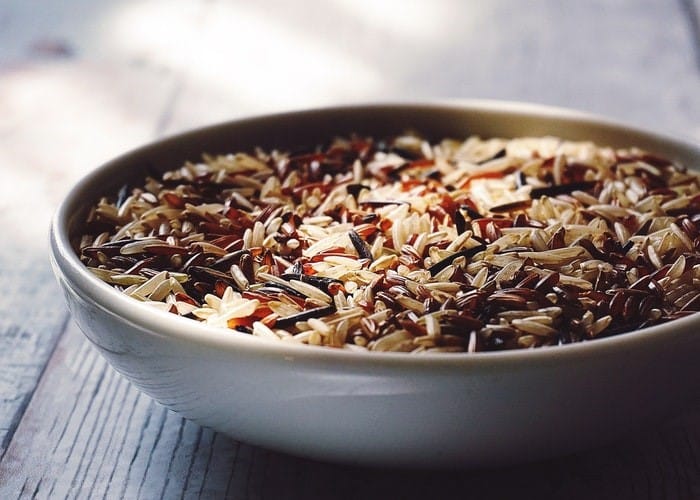
We have heard a lot about folic acid and its importance in pregnancy, so today we want vitamin B9 to be the protagonist. For this we are going to indicate the foods that we have within our reach and that have a higher percentage of B9. Apart from this, we will tell you why this vitamin is important, the daily amount that our body needs and the problems caused by a folic acid deficit.
Folic acid is vitamin B9 and it is quite important in our daily lives, which is why we wanted to give it its moment of glory to learn more about it and, above all, to know which foods are rich in vitamin B9 and what we can do. add or increase the amounts in our daily diet.
Why is folic acid so important?
Vitamin B9 is of vital importance, as are B12, C, E, A, D, etc. This is because the body does not manufacture it, because it is at the expense of supplying it daily with a balanced and varied diet. As a general rule, if we have a good diet, we will be perfectly nourished, but it never hurts to know which foods provide X vitamin or mineral.
Folic acid, along with B12, contributes to the production of red blood cells, prevents anemia, forms the DNA of ALL cells in the body, collaborates with B12 and C to break down, create and use proteins, favors nerve functions, tissue growth, cellular functions, helps increase appetite, stimulates the formation digestive acids, etc.
As we can see, there are many functions that take place in our body at every minute of our lives. A vitamin B9 deficiency is associated with congenital malformations, abnormalities in the fetus, risk of developing diseases such as diabetes, autism or leukemia, communication problems, neurological problems, etc.
Based on all this, the recommended amount of vitamin B9 that an average adult needs per day remains to be known. According to experts, an average adult (man or woman) needs 400 mcg of B9 per day.
Main foods rich in B9
In the current market there are many foods that are rich in B9, in fact, surely many of them are already in our daily diet. Be that as it may, we are going to review the foods that have the highest percentage of folic acid.

Avocado
There is no more complete food than avocado. It is very important to give it the chance it deserves and eat it several times a week. It is one of the best foods as far as vitamin B9 is concerned and that is because provides 110 mcg of folic acid per cup of avocado.
In total it makes up 28% of the daily amount that the body needs. Therefore, if we complement the avocado with other foods on this list, we will achieve 100% or more.
almonds and peanuts
Nuts are an infinite source of minerals and vitamins, as well as fatty acids. In this case, almonds and peanuts provide vitamin B9. To be exact, one cup of almonds gives us 54 mcg of B9 in one sitting.
The negative side is that it is not good to eat so many almonds in one day, so you would have to compensate with other foods. For their part, peanuts, with only a quarter of a cup, already provide us with 88 mcg of vitamin B9.
It is important not to abuse nuts every day, since we can suffer adverse effects such as diarrhea. His thing is to make a mix of the nuts that we like the most and eat about 40 or 50 grams every day like this.
Melon, orange, banana, carrot and beetroot
There are a number of fruits and vegetables that do have vitamin B9 apart from other vitamins and minerals, such as vitamin A, K, E, C, potassium, magnesium, calcium, manganese, etc.
The important thing is to have a very balanced and varied diet, that way we make sure we meet all the nutrients the body needs to function properly.
Among the fruits and vegetables with the highest folic acid index we have the broccoli with 104 mcg per cup, pumpkin with 41 mcg per cup, cabbage provides 25% of the daily amount of B9, cauliflower is 14%, asparagus provides more than 260 mcg per cup of this food, spinach provides 63% , eating 200 grams of strawberries doubles the daily amount of folic acid, lettuce provides almost 140 mcg per cup, melon almost 30 mcg, an orange has 50 mcg, papaya covers almost all of daily B9, banana 22 mcg , grapefruit almost 30 mcg per cup, beets 148 mcg, tomato 48 mcg, and carrots almost 20 mcg.

Legumes and brown rice
Legumes and brown rice are also a source of vitamin B9 within everyone's reach, they are cheap, nutritious, easy to cook and versatile, since they are used for hot or cold dishes.
To be more specific, legumes like beans provide up to 390 mcg of B9 per 100 grams, and that's outrageous. For their part, lentils provide 180 mcg, which is approximately 45% of the daily amount needed by the body.
Also, soy provides about 240 mcg per 100 grams of products. A cup of peas gives us 101 mcg of this vitamin, and chickpeas more than 280 mcg for each cup we eat.
Seeds and cereals
Among all the seeds on the market, we want to highlight two specifically for their high folic acid content.
For example, quinoa has a good amount of B9, so much so that only 60 grams already provide the 15% that the body needs. It is a very complete food, especially for women due to the amount of essential amino acids, proteins, fiber, minerals, etc.
Sesame seeds are very common and apart from having calcium, zinc, selenium, silicon, boron, vitamins of group B, E, and K. To give us an idea, a single slice of bread with sesame seeds already gives us 60mcg of B9.